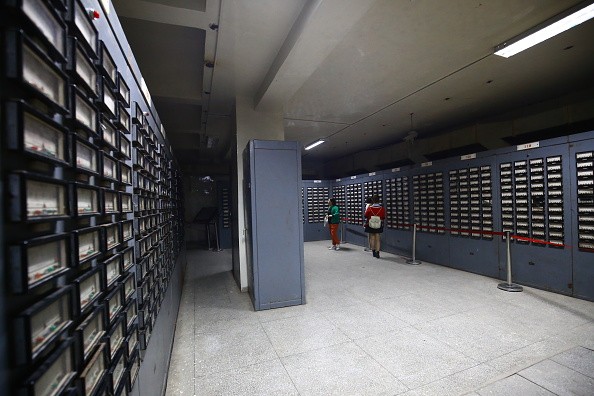China's nuclear plans will not be affected by Westinghouse's bankruptcy filing as both parties have assured that the AP1000 project would be completed as scheduled this year, according to a statement released by China's State Power Investment Corp.
The project, which is being built at Sanmen on the country's eastern coast, is the world's first AP1000 reactor project designed by Westinghouse. It is also one of the four reactors planned with State Power, according to todayonline.com.
"The two sides were fully aware of the importance of the Chinese AP1000 project and agreed to continue to make the project a common priority and increase investment to ensure that the target of putting the reactor into operation this year is met," according to State Power's statement released on Thursday, March 30.
Design issues and a call for a nationwide review of the nuclear industry after the 2011 Fukushima disaster have caused the delays in the completion of the first AP1000 in 2014.
Westinghouse is aspiring to get new projects by showcasing the AP1000 as a key project in China's ambitious nuclear program.
Industry sources, however, said that Westinghouse failed to consider China's capability to develop its own third-generation and domestically designed reactors, such as its "Hualong 1" reactor, which has been chosen for domestic nuclear projects over the AP1000.
Despite this, a senior official from China's nuclear industry said earlier this month, that the AP1000 will go into full operation, as scheduled, in the second half of 2017.
"The restructuring application by Westinghouse will not have a substantial impact on third generation reactor work such as the construction of the AP1000, the subsequent construction of a batch of CAP1000 reactors or the CAP1400 demonstration project," the company said, referring to its third-generation reactor designs.
On Wednesday, March 29, Toshiba-owned Westinghouse filed for bankruptcy, citing losses in billions of dollars due to cost overruns in building four reactors in the United States.



























